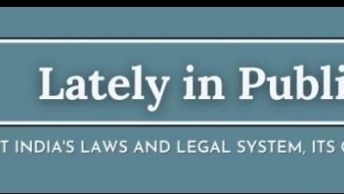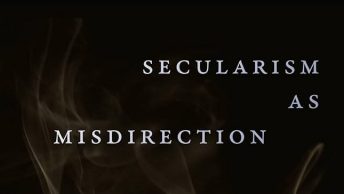In a recent article in the British journal Public Law, Shubhankar Dam critiques the Indian Supreme Court’s decision in Rameshwar Prasad. Dam argues that the Court incorrectly identified the stage at which a legislative assembly comes into being. More fundametally, he suggests that the decision “introduced a hierarchy into the Constitution that made a legislative assembly dependent on the executive”.
In the current issue of the Indian Journal of Constitutional Law, Sudhir Krishnaswamy and I respond to Dam. We show how the Court’s concern in Rameshwar Prasad is limited to the chronological sequence in which the executive and legislative wings of government come into existence after an election. We argue that the relationship between the executive and the legislature under the Indian Constitution is not determined by this case but by other well established precedents. Importantly, the significance of the decision in Rameshwar Prasad is the nature of remedies available to a court under Article 356 and demonstrate how Rameshwar Prasad is the strongest application till date of the proposition that courts can review the exercise of power under this provision. The most remarkable aspect of the decision in Rameshwar Prasad is that it confirms that Indian courts can offer a rare public law remedy: the revival of a dissolved assembly. We conclude with some critical observations about the nature of constitutional interpretation in such cases. We propose that constitutional adjudication must proceed by giving adequate weight to justifying reasons which pay attention to the text of the Constitution, the institutional framework and political principles embedded in the Constitution. Judged in this light, the interpretative methodology in Rameshwar Prasad may not be as vacuous as Dam suggests.





